The 7 Most Extreme Jobs in Science
Introduction
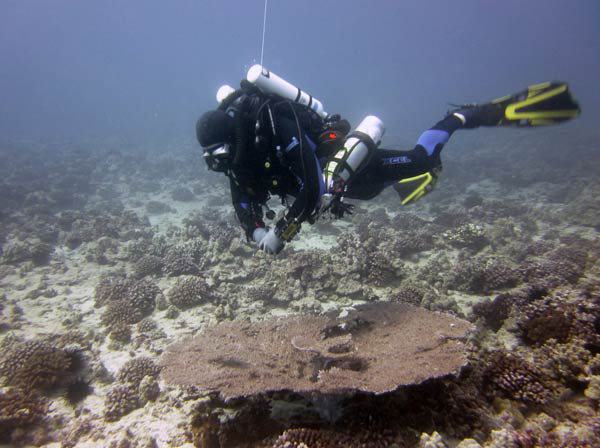
Scientists have routinely gone to the limits of human experience in the name of discovery. But whereas doctors in the olden days would steal cadavers from the morgue or test experimental medicines on themselves and their families, most scientists have left such extreme measures behind — for the most part, that is.
From cave diving to wild lab work, here are seven of the most extreme jobs that keep scientists on their toes today.
Cave diver
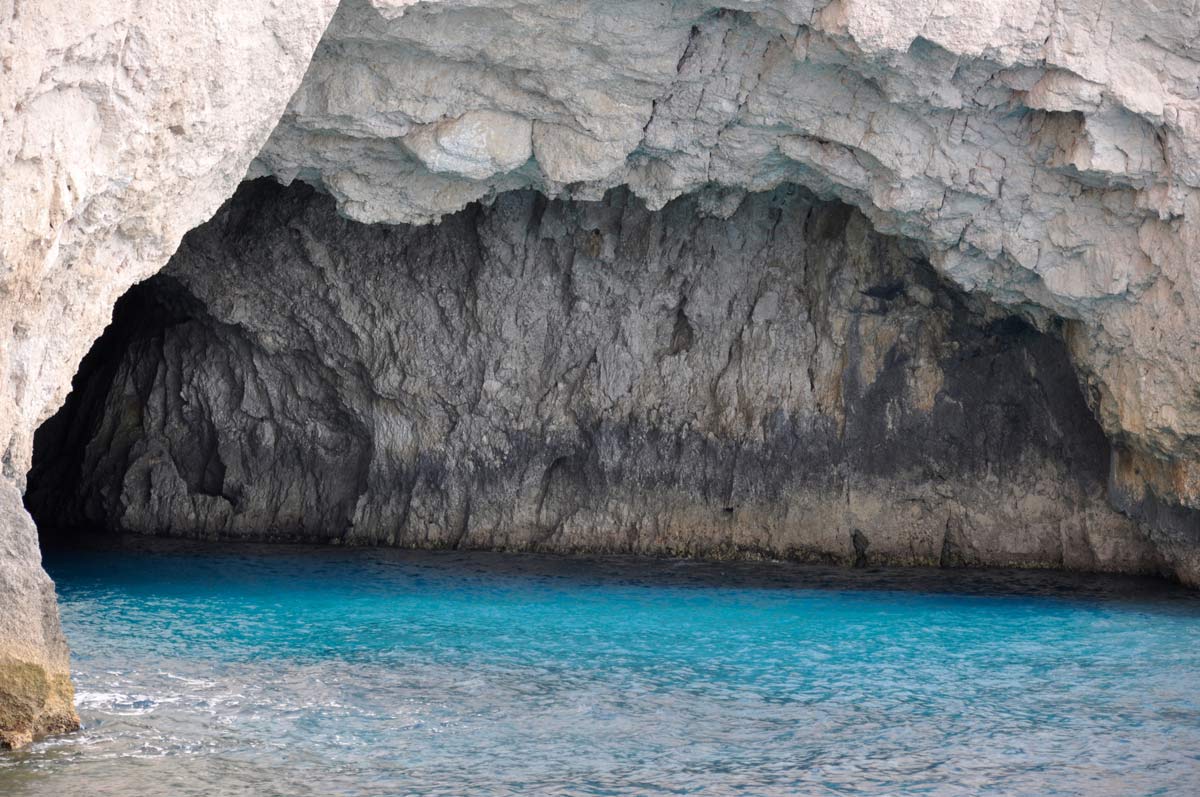
Scuba divers probing hidden, underwater caves face terrifying odds. A few wrong kicks can release huge amounts of sediment, creating a complete blackout that leaves them hopelessly lost in the depths with a rapidly depleting oxygen supply. Between 1969 and 2007, 368 Americans died while cave diving, according to a 2009 study detailed in the International Journal of Aquatic Research and Education.
But these treacherous caves can also reveal new insights into ancient Earth's climate and the ecology of islands. In 2010, a team of divers in the Bahamas, including anthropologist Kenny Broad of the University of Miami, ventured into blue holes — giant sinkholes filled with water that form underwater caves — to uncover the climatic history of the region. In a NOVA documentary, the team found that ancient alligators and turtles had once lived in the area but disappeared right around the time when humans first arrived on the islands. [Look Out Below! 8 Amazing Sinkholes]
Just a few months after the film aired, the photographer for the project, explorer and filmmaker Wesley Skiles, died while diving on a reef off the coast of Florida.
Saturation diver
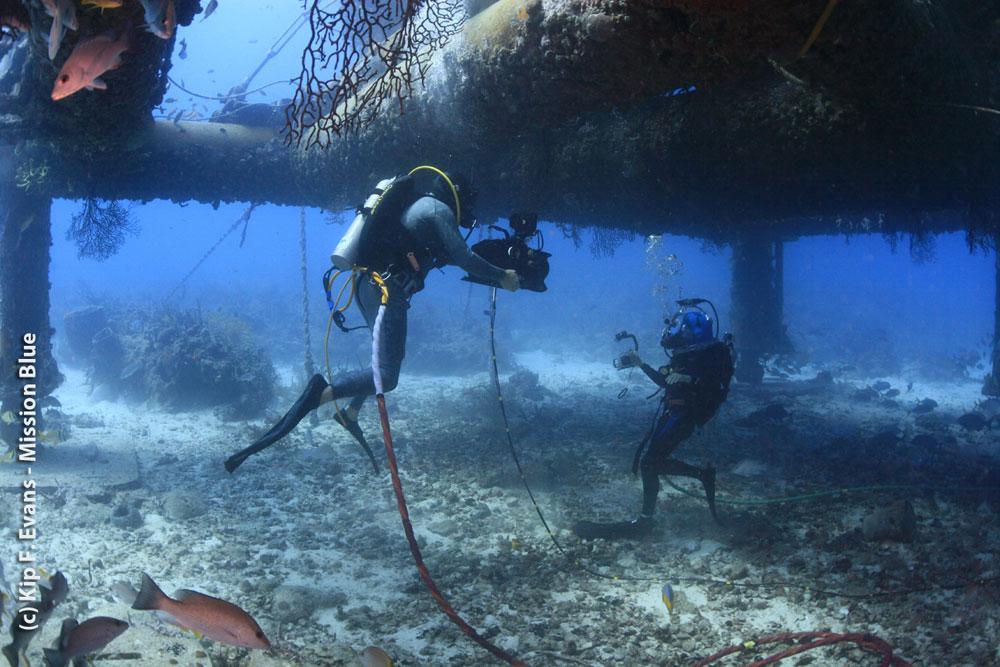
Not all scientific endeavors are deadly — some are just otherworldly and uncomfortable.
Most scuba dives can last only a few hours.
"You can only spend so long at a certain depth, because your body absorbs nitrogen, which is an inert gas," said M. Dale Stokes, an oceanographer at the University of California, San Diego, Scripps Institution of Oceanography in La Jolla, Calif.
If divers stay underwater too long or come up too quickly, the dissolved nitrogen forms bubbles that expand, causing a person's blood to froth like a bottle of shaken-up seltzer — a phenomenon known as "the bends."
To avoid getting the bends, scientists can actually live at the seafloor, in an underwater lab called Aquarius off the coast of Florida. The Aquarius trailer is pumped with air from above the ocean and kept as dry as possible. [Entering Aquarius – Undersea Lab Video Tour]
"You're living down there in a bubble of air on the seafloor," Stokes said.
Divers can live there for up to two weeks. They venture from the trailer with scuba suits and oxygen tanks to spend hours exploring the nearby reefs.
While the setup helps scientists avoid the bends, it's not exactly "home sweet home."
"It's not romantic. You easily pick up skin infections and ear infections. Your body is damp and never really dries out," Stokes said.
Venom milker
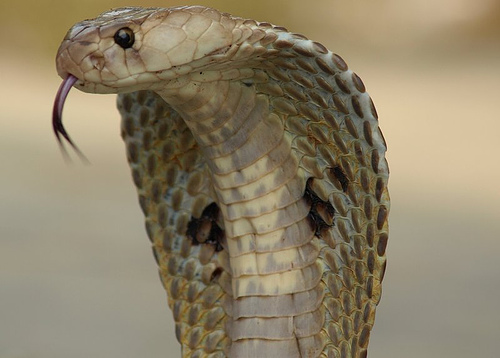
Scientists who study venom often go to extreme lengths to get it. Venom milkers handle the deadliest snakes, such as the krait, along with venomous lizards and sharks. Milking a venomous snake is no easy business. Not only does the person have to find many, many snakes in order to get a decent amount of venom, but the milker then has to take the snakes out of their enclosures and press their fangs to a plastic plate or tube while gently massaging the venom glands. Most of these intrepid scientists have been bitten, sometimes more than two dozen times.
Astronaut
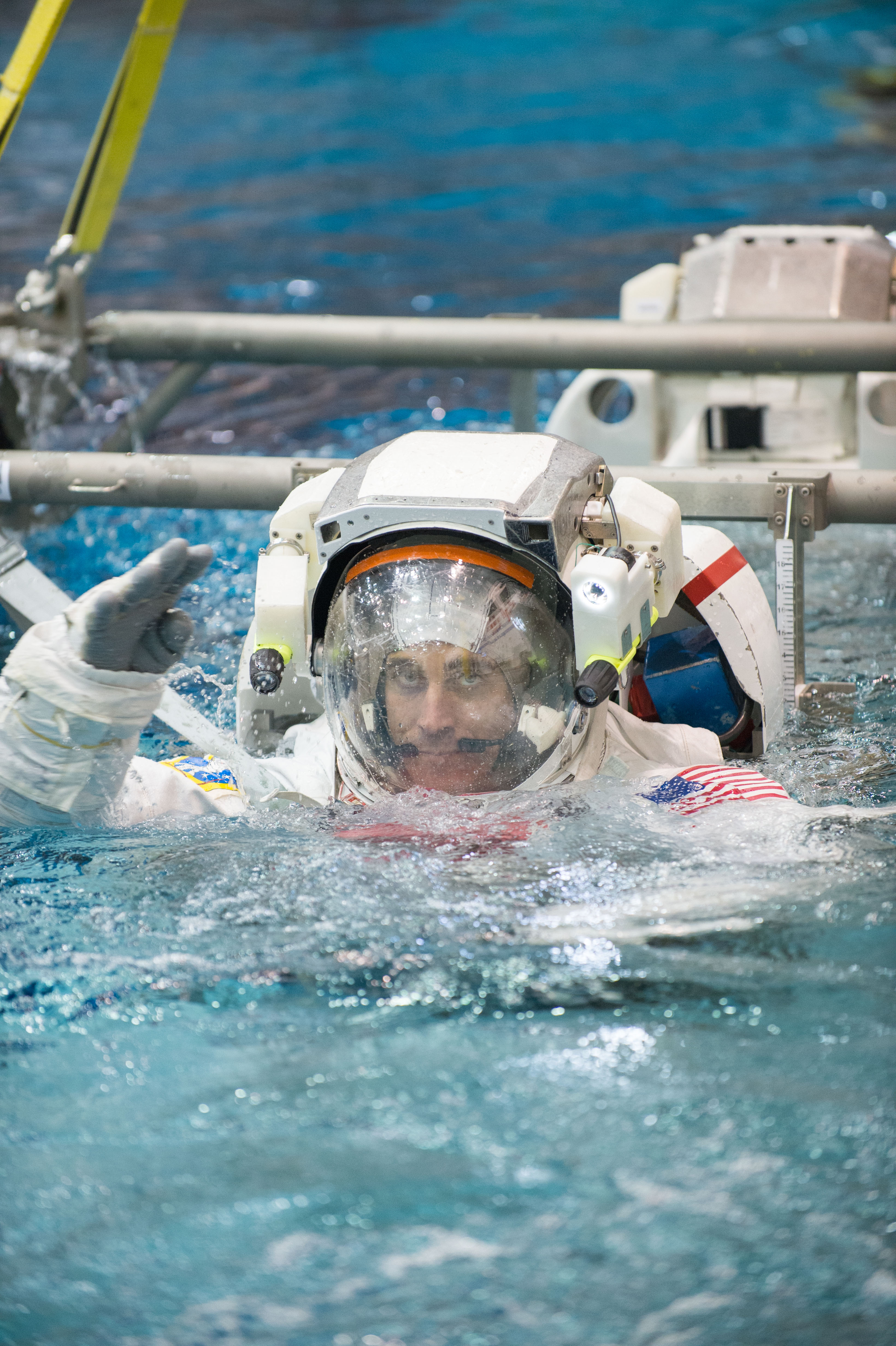
Astronauts face one of the harshest workplaces. From the arduous training process to the bombardment with UV rays to the roughly 1 in 100 risk of dying in-flight, entering space is no cakewalk. Even after astronauts arrive safely back on Earth, the dangers aren't over: They may also face muscle atrophy and weakening bones due to being in low gravity for so long.
5. Lab technician
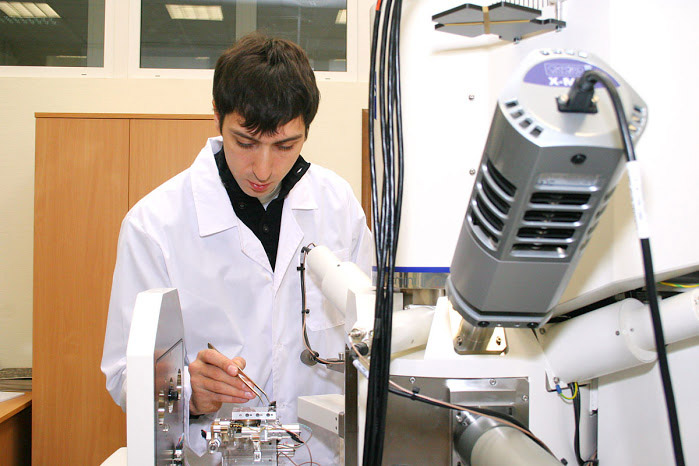
One of the most dangerous jobs in science is also one of the most humdrum: the lab worker.
JaMile Jackson, a systems administrator at the brain-training game company Lumosity, knows this firsthand. As a freshman and lab technician at Jacksonville University in Florida in 2003, Jackson was setting up a science demonstration for high-school students that involved a tesla coil, an electrical circuit that can levitate objects. But Jackson made two critical errors: The circuit wasn't grounded, and he wasn't wearing rubber gloves. When Jackson reached for the coil, he completed the circuit, sending electricity shooting through his body.
"Right when I had realized what I was doing was when I hit the [electric] field," Jackson said.
The electricity exited through his arms and the back of his head, rather than passing through his entire body, which would have electrocuted his heart. Though he eventually recovered, he has noticed subtle changes in his thinking that still persist. [The 10 Leading Causes of Death]
Jackson's story may be one of the more hair-raising lab experiences, but it's not the deadliest. In 2008, Sheharbano Sangji, a graduate student at the University of California, Los Angeles, died of burns incurred while she was working with a highly flammable substance called t-Butyllithium.
Graduate students frequently incur injuries from flammable or toxic chemicals, and the powerful magnets in magnetic resonance imaging (MRI) scanners used to measure brain activity have yanked metal objects, ranging from pistols to wheelchairs, into their path, injuring those nearby.
Storm chaser
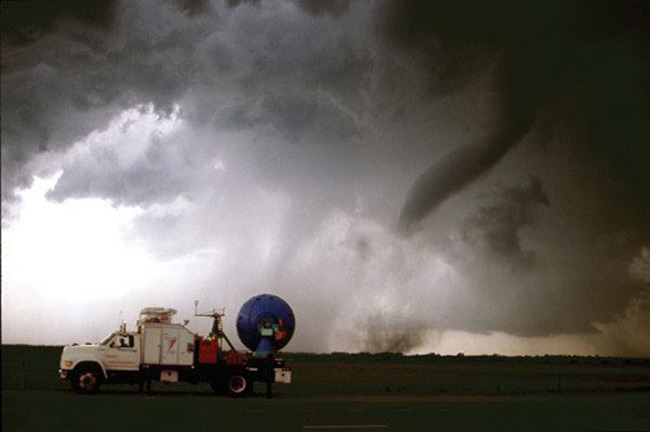
When everyone else is running from a thunderstorm or tornado, storm chasers are running toward nature's fury in order to place wind and pressure sensors as close to the storms as possible, said storm chaser Tony Laubach, a meteorologist in DeSoto, Ill. [Photos: See Storm-Chasing Scientists]
But chasing tornadoes is a dangerous business. In May 2013, a veteran storm chaser named Tim Samaras, along with his son and another storm chaser, was killed chasing a tornado in El Reno, Okla.
"It was the first tornado I'd ever run away from," Laubach told LiveScience. "I've seen hundreds in my career. It was just its own monster."
That storm was moving much faster and was much bigger than it initially looked.
But tornadoes aren't Laubach's biggest fear: Lightning is much more dangerous, he said. Lightning strikes are deadly and random. And you don't have to be struck directly to be affected — one of Laubach's friends was standing near a fence that was struck, and his arm tingled for several hours.
Crocodile physiologist
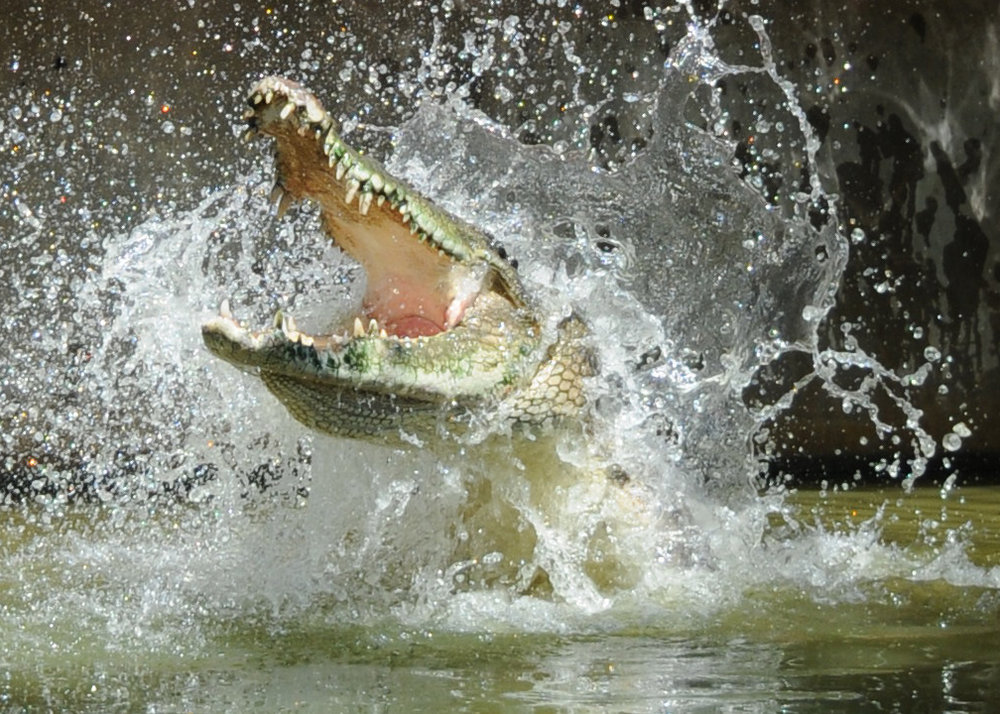
In the 1980s, Roger Seymour, a plant and animal physiologist at the University of Adelaide in Australia, was catching crocodiles in northern Australia. In the dead of night, the team ventured into croc-infested waters, shined a light in the reptiles' eyes, and then looped a rope around them. Seymour and his team let the crocodiles struggle to exhaustion before towing the beasts ashore.
"It's not for the fainthearted," Seymour told LiveScience.
When the researchers are done, they usually point the crocodiles toward the water, and the reptiles swim out to prowl their natural habitat again. But every once in a while, a crocodile decides to lunch on land. In one particular instance, a crocodile turned right around and headed toward camp, Seymour said.
"One of my colleagues pushed me down into the mud in his effort to get down into the Landcruiser," Seymour said, referring to his SUV.
Sign up for the Live Science daily newsletter now
Get the world’s most fascinating discoveries delivered straight to your inbox.

Tia is the managing editor and was previously a senior writer for Live Science. Her work has appeared in Scientific American, Wired.com and other outlets. She holds a master's degree in bioengineering from the University of Washington, a graduate certificate in science writing from UC Santa Cruz and a bachelor's degree in mechanical engineering from the University of Texas at Austin. Tia was part of a team at the Milwaukee Journal Sentinel that published the Empty Cradles series on preterm births, which won multiple awards, including the 2012 Casey Medal for Meritorious Journalism.










